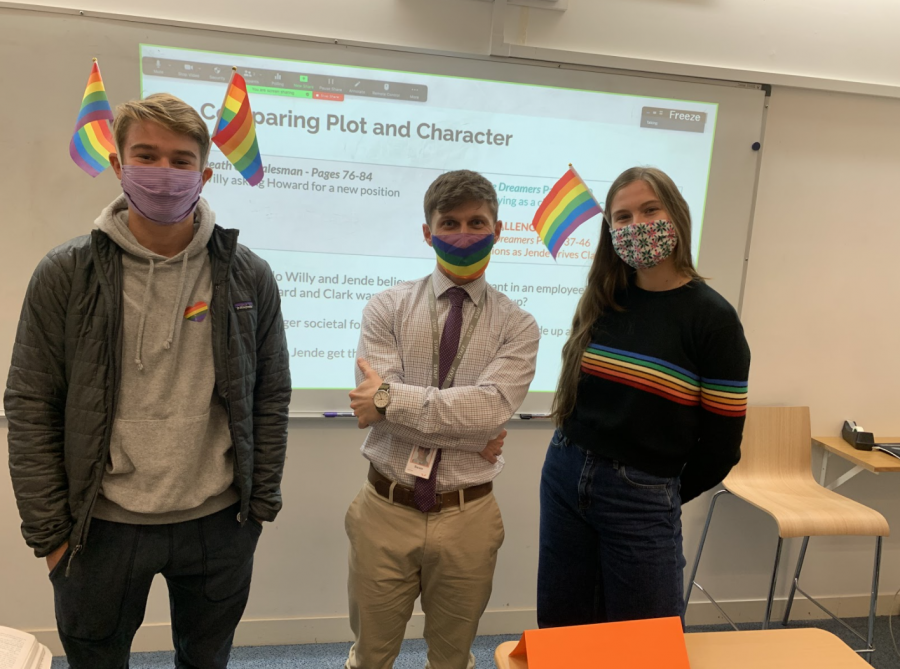Staff manual
As Editor-in-Chief, my very first objective was to revise our staff manual, which has become slightly outdated over the years and less and less relevant to how we go about our work. Certain policies needed to be added and others amended to accurately reflect how we conduct our operations. I began by noting edits myself before I had officially even transitioned into my new role. Then, earlier this year, I opened the process up to the entire editorial board as a collective effort will undoubtedly produce the greatest result. It is my hope that the entire staff is aware of this resource and frequently calls upon the staff manual to inform their ethical choices as journalists within the context of The Standard and beyond. As such, I hope to establish the precedent that the staff manual is a series of evolving documents and this current stage of revision should not be the last.
Sourcing
I have to demonstrate knowledge of law, ethics and news literacy most clearly when considering the realm of sourcing. Whom we interview, how we interview and how we portray sources all play directly into law and ethics. A perfect example is how on many occasions, I have asked writers or editors to return to the reporting process to review the quotes used or to add another source because a certain crucial perspective is missing.
Handling a source difficulty

I co-wrote this news article, “GSA silent protest, Trump-Pence campaign flag provoke debate among student body,” covering a controversial event that happened in our community. In short, some students hung a Trump-Pence campaign flag on the playground and it was taken down. What ensued was a debate surrounding freedom of expression on campus as well as a silent protest staged by the school’s Gender Sexuality Alliance in response to the flag being hung. One of the sources I had interviewed privately messaged me shortly after the article was posted feeling as though he was being unfairly attacked by others for how he was quoted in the article. He asked me to remove his quotes or take the article down entirely. I was not willing to do that since I felt I had followed proper protocol in soliciting his quotes. The portion he was frustrated with was written by my co-writer, whom I led in the news section at the time. This meant I felt a sincere obligation to defend my co-editor given I was her lead editor. Not only that, but I felt I was defending the section and the paper as a whole. Even so, I agreed to meet with him during lunch the same day. I clarified our position and he clarified his perspective. He then seemed to understand why I could not just take the article down. I reviewed the transcript with him to prove that the quotes were not altered, he softened his position, and we came to an agreement to slightly alter the contextualization of his quotes. We published an editor’s note saying the article had been changed from its initial version, and that was that – for the time being. The source, however, still wanted to clarify his perspective on the topic. Given we wanted to remain a fair and impartial open forum, we offered him our platform to write a letter to the editor. I was allowed to communicate with the source and edit the letter before it was published, a responsibility well above my job description at the time. Of course, it was somewhat critical of the way I had conducted my coverage, so I felt obligated to see it through to maintain my journalistic integrity. This entire process taught me a lot about the right of reply, how to defend ourselves as journalists and the importance of context and clarification.
